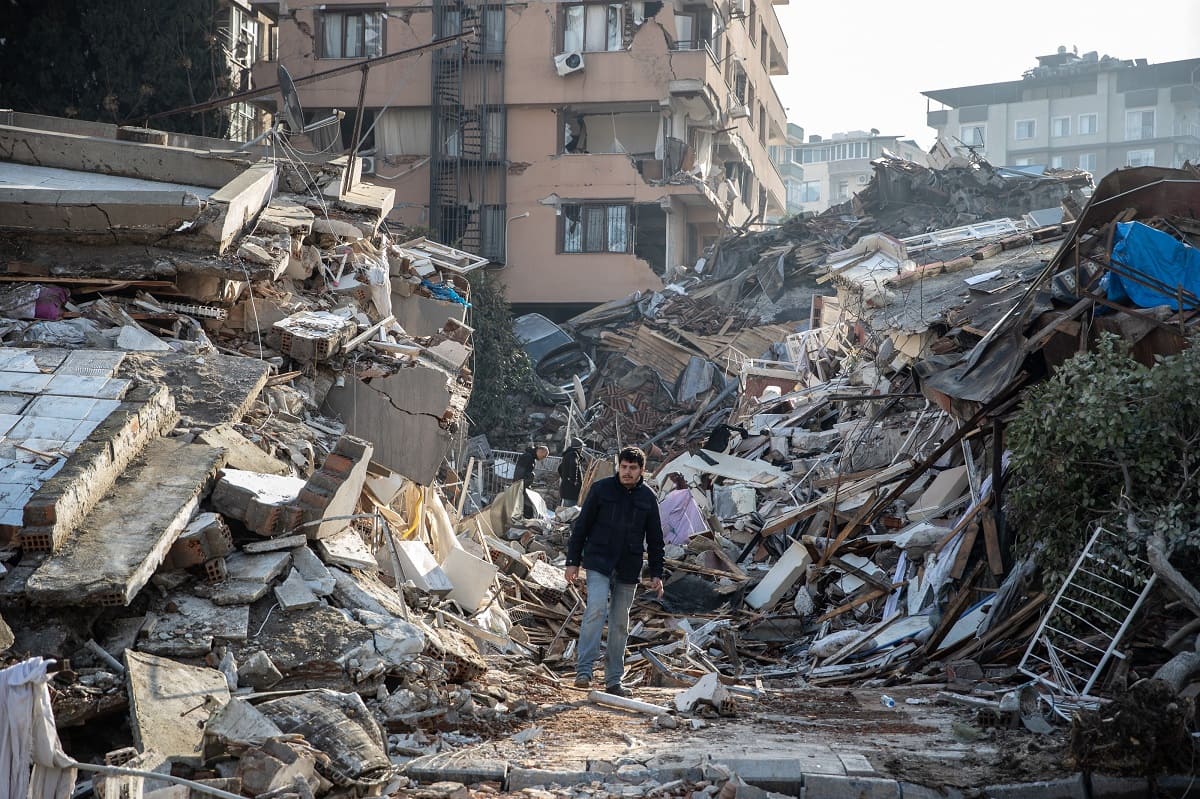
What makes an earthquake powerful? The sheer force of tectonic plates shifting beneath our feet can unleash unimaginable energy. These seismic events can reshape landscapes, topple buildings, and alter the course of rivers. Powerful earthquakes are measured by their magnitude on the Richter scale, with those above 7.0 considered major. But it's not just about the numbers; the depth, location, and duration also play crucial roles. From the infamous 1960 Valdivia earthquake in Chile to the devastating 2004 Indian Ocean tsunami, these natural disasters have left indelible marks on history. Understanding these factors helps us prepare and respond better when the ground starts to shake.
Key Takeaways:
- The most powerful earthquakes in history, like the 1960 Valdivia Earthquake and the 2004 Indian Ocean Earthquake, caused widespread devastation and changed the course of human civilization.
- Some earthquakes, such as the 2010 Chile Earthquake and the 2008 Sichuan Earthquake, not only shook the ground but also led to unique geological phenomena, providing valuable scientific insights.
The Most Powerful Earthquakes in History
Earthquakes have shaped our planet's landscape and history. Some have been so powerful that they left an indelible mark on human civilization. Here are some of the most significant and powerful earthquakes ever recorded.
-
The 1960 Valdivia Earthquake in Chile is the most powerful earthquake ever recorded, with a magnitude of 9.5. It caused widespread damage and triggered tsunamis that affected coastal areas as far away as Japan and the Philippines.
-
The 2004 Indian Ocean Earthquake had a magnitude of 9.1-9.3 and resulted in one of the deadliest tsunamis in history. Over 230,000 people lost their lives across 14 countries, with Indonesia being the hardest hit.
-
The 1964 Alaska Earthquake, also known as the Great Alaskan Earthquake, had a magnitude of 9.2. It caused massive ground fissures, tsunamis, and landslides, leading to significant loss of life and property.
-
The 2011 Tōhoku Earthquake in Japan had a magnitude of 9.0. It triggered a devastating tsunami that caused the Fukushima Daiichi nuclear disaster, leading to widespread radiation leaks and long-term environmental damage.
-
The 1952 Kamchatka Earthquake in Russia had a magnitude of 9.0. It generated tsunamis that reached as far as Hawaii, causing significant damage to coastal communities.
Earthquakes with Significant Historical Impact
Some earthquakes have not only been powerful but also had a profound impact on history and human civilization. These events changed the course of history in various ways.
-
The 1556 Shaanxi Earthquake in China is the deadliest earthquake on record, with an estimated 830,000 deaths. Its magnitude is believed to have been around 8.0, and it caused massive destruction across the region.
-
The 1906 San Francisco Earthquake had a magnitude of 7.9 and led to widespread fires that destroyed much of the city. It prompted significant changes in building codes and urban planning in the United States.
-
The 1755 Lisbon Earthquake in Portugal had an estimated magnitude of 8.5-9.0. It caused a massive tsunami and fires that devastated Lisbon, leading to significant philosophical and scientific discussions about natural disasters.
-
The 1976 Tangshan Earthquake in China had a magnitude of 7.5 and resulted in the deaths of approximately 242,000 people. It highlighted the need for better earthquake preparedness and response strategies.
-
The 1985 Mexico City Earthquake had a magnitude of 8.0 and caused extensive damage to the city. It led to significant changes in Mexico's building codes and disaster response protocols.
Earthquakes with Unique Geological Features
Some earthquakes are notable not just for their power but also for their unique geological features and the scientific insights they provided.
-
The 2010 Chile Earthquake had a magnitude of 8.8 and caused a significant shift in the Earth's axis, shortening the length of a day by 1.26 microseconds.
-
The 2008 Sichuan Earthquake in China had a magnitude of 7.9 and caused the formation of over 30 new lakes due to landslides blocking rivers.
-
The 1906 Ecuador-Colombia Earthquake had a magnitude of 8.8 and generated a tsunami that affected the Pacific coast of Central and South America.
-
The 1965 Rat Islands Earthquake in Alaska had a magnitude of 8.7 and provided valuable data on the behavior of subduction zones, where one tectonic plate moves under another.
-
The 1957 Andreanof Islands Earthquake in Alaska had a magnitude of 8.6 and helped scientists understand the mechanics of aftershocks and their distribution following a major seismic event.
Shaking Things Up
Earthquakes have shaped our planet in dramatic ways. From the 1960 Valdivia earthquake in Chile, the most powerful ever recorded, to the 2004 Indian Ocean earthquake that triggered a devastating tsunami, these natural events remind us of Earth's raw power. The 1906 San Francisco earthquake led to significant advancements in seismic research and building codes. Meanwhile, the 2011 Tōhoku earthquake in Japan highlighted the importance of preparedness and early warning systems. Understanding these facts not only helps us appreciate the forces at play but also underscores the need for continued research and preparedness. Whether it's the 1964 Alaska earthquake or the 1556 Shaanxi earthquake in China, each event has left an indelible mark on history. Stay informed, stay prepared, and respect the power of nature.
Frequently Asked Questions
Was this page helpful?
Our commitment to delivering trustworthy and engaging content is at the heart of what we do. Each fact on our site is contributed by real users like you, bringing a wealth of diverse insights and information. To ensure the highest standards of accuracy and reliability, our dedicated editors meticulously review each submission. This process guarantees that the facts we share are not only fascinating but also credible. Trust in our commitment to quality and authenticity as you explore and learn with us.
